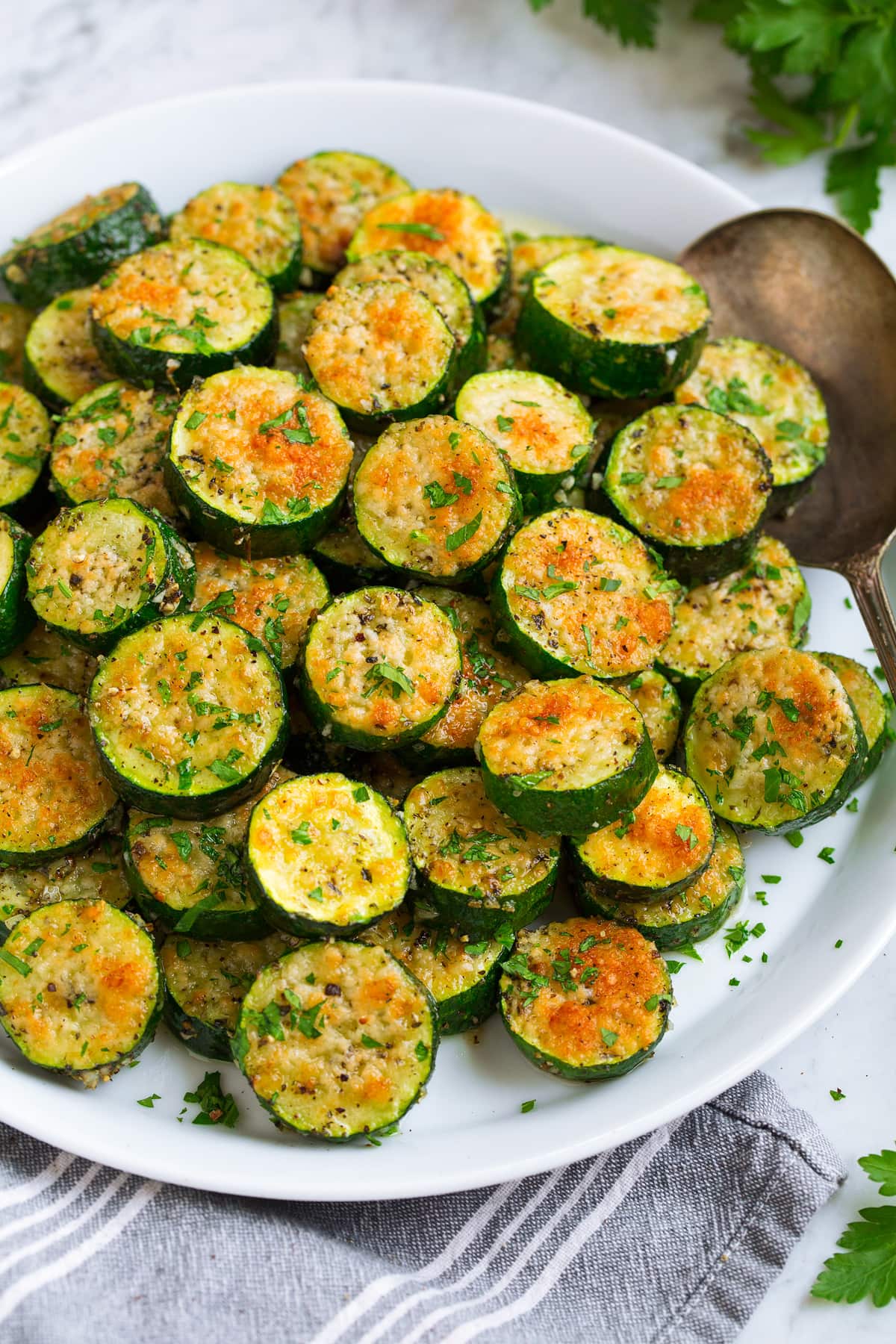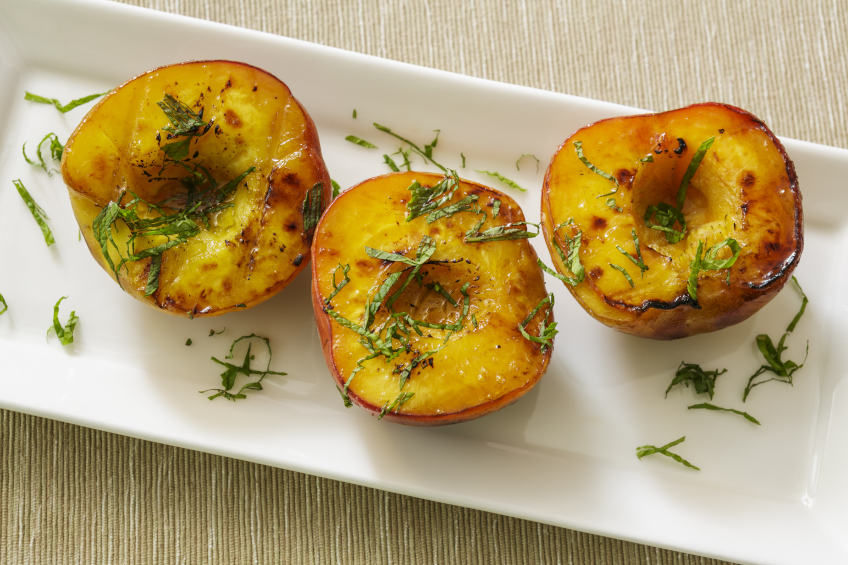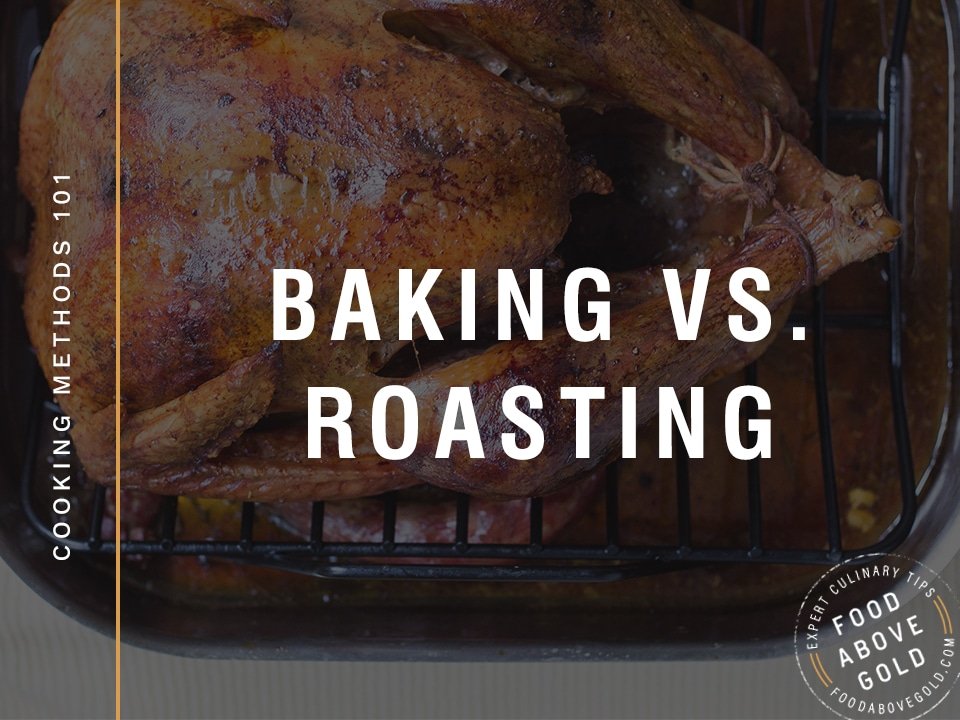
There are many ways that bread can be stored, each with its own benefits. Some methods last only a few days, while others keep bread for months. This article will explain how to preserve bread for as long as possible. It is important to keep large batches of bread stored in an airtight container. Place it in a paper bag or linen bag. Bread can be kept in an airtight container for up to seven days.
In an environment that is tight
There are a number of ways to store bread to maintain its freshness, but the most important one is to store it in an air-tight container. As much as possible, store the container in a cool place away from your kitchen's heat. Best conditions for bread storage are in the room and out of direct sunshine. A bread box is a good option if space is a problem. A plastic bin lined with newspaper can be used in place of a bread box.
In a moist environment
If you're looking for ways to keep bread fresh longer, you may be wondering how to store it. Avoiding moisture is the best option. This can cause mold. Although moisture can make bread moldy and cause problems, the main problem is heat. Avoid putting bread near heat sources such as appliances. This can cause the temperature of the bread to rise. No matter the temperature of your bread, it should not be left unattended on the counter for longer than a week.

In a paper bag
A brown paper bag is a good choice for breads made from artisan flour. These bags are meant to be consumed within a day. You should not keep bread in these bags for longer than one day. Breads made without added sugar and fat will taste their best after about a week. After this time, the breads will lose their flavour and become dry and hard. Sandwich breads are often packaged in plastic.
In a linen pouch
You can extend the shelf life of your homemade bread by placing it in a linen bag. These bags can be put in a shopping bag and hung on the countertop. They are also washable. If necessary, you can wash them in the washing machine a few times. This ensures that you have fresh bread all the time. Brown paper bags are an alternative to linen bags. These bags can be composted or recycled. A linen bread bag is great for soft breads such English muffins and rolls. It is best to freeze your bread if you don't plan on keeping it in a linen bag.
In a loaf box
Bread boxes are a stylish and modern way to store bread. These boxes are made with corrosion-resistant materials. The flat top allows for easy bread carving. You will love the modern, sleek design and large bread storage that this breadbox offers. It's also easy to clean due to its mirror finish. The boxes are flat on the bottom, which allows for ventilation and airflow.

In a freezer
You can freeze bread, whole or sliced, to extend its shelf-life. Although it might not taste as fresh when it is frozen, it's better than leaving the loaf on the counter. Wrap the bread in plastic wrap or plastic bags tightly to keep it from drying out. You can defrost it later and still enjoy the loaf.
FAQ
What are your basic cooking skills
Basic cooking skills include reading recipes, measuring ingredients, cooking safely and cleaning up afterwards. If you want to be able to cook for yourself, then you need to learn these basic skills. Cooking can be a great way of saving money, as you don't need to go out to eat all the time.
What are the Essential Skills to Be a Chef?
To become a chef, you must have a bachelor's degree in culinary arts. A number of ACF tests will be required. You will be issued a certificate once you meet all the requirements.
Do I need special equipment to cook?
It doesn't take any special equipment or tools to learn to cook. The best tools will make cooking more enjoyable. A knife can be used instead of a fork when making pasta, or a whisk could be used to whip up stiff egg whites. It makes cooking much easier and quicker.
What is the difference between a chef & a cook?
A chef prepares food to be served to others. A cook prepares the food for oneself. Although both jobs require you to prepare food, a chef is more involved in serving customers. This means that they may have to decide what dishes to prepare for their customers based on their preferences. The cook does not have to interact directly with customers. Instead, they ensure that the food tastes delicious before they serve it to others.
What are the benefits to using a slow cooker
Slow cookers are extremely useful as they make it easy to cook delicious meals in a short time. Slow cooker recipes are healthier than traditional ones because they use less oil and fat. Also, slow cooker recipes are easy to use because they do all the work while you sleep.
Are there any free online cooking classes?
Numerous websites offer free cooking lessons. YouTube has many videos that will show you how to cook different dishes. Some sites offer thousands of recipe options. The sites typically charge a monthly fee but you can test them for free for a period of 30 days.
What is the best way to learn to cook?
Cooking should be something everyone can do. You'll miss out on delicious meals if your skills are not up to par. To learn how to cook, you must first find a recipe you like and then follow it carefully. The next step is to practice making small modifications to the recipe until it becomes second nature. Next, you can cook for others. You will learn a lot and be able to show off your cooking skills.
Statistics
- The median pay for a chef or head cook is $53,380 per year or $25.66/hour, according to the U.S. Bureau of Labor Statistics (BLS). (learnhowtobecome.org)
- On average, chefs earn $58,740 a year, according to the BLS. - learnhowtobecome.org
- You'll be amazed that over 90% of CIA students receive scholarships and grants to finish their culinary studies. (ischoolconnect.com)
External Links
How To
How to make a perfect Omelette
Omelets are a favorite breakfast food of mine. But how do they turn out so perfectly? I've tried many recipes and different methods but none have worked. So I wanted to share some tips and tricks so that you can make delicious, fluffy omelets every morn.
We should first know that eggs are very temperamental ingredients when making omelets. The eggs must be fresh from an organic source and kept at room temperature until they are ready to be cooked. If you don't keep them cold enough, the whites won't form properly, and the yolks will break down too much and become runny. This causes your omelets to look oddly colored. If you're going to cook them immediately, it is best if the eggs are still warm.
Another tip is to separate each egg before adding them to the saucepan. It is important not to allow any white to mix with the yolk as this could lead to the omelet becoming curdled.
The egg can burn if it is placed directly on the stovetop. Instead, heat the egg for 10 seconds in the microwave before placing it in the pan. The microwave heat cooks your egg just right, without it becoming too soft.
Let's now talk about mixing eggs. You want to mix the eggs thoroughly before you add them. To do this, grab the bowl of the mixer and turn it upside down. Then, vigorously shake the bowl. This allows the air to be whipped and the egg to be mixed thoroughly.
Now comes the fun part: adding the milk to your mixture. Fold the eggs in the milk mixture by first pouring half of it into the egg whites. Don't worry if there are still streaks of egg visible; these streaks will disappear once you flip the omelet.
After you have done folding the eggs, heat the pan on medium heat. The oil will start to smoke. Once the oil begins to heat, add 1/4 cup butter and swirl the pan to coat it. Now carefully crack open the lid of the pan and sprinkle salt into the pan. An additional pinch of salt will prevent the omelet form sticking to your pan.
Cover the pan once you have formed the omelet. Wait for the top to set. Flip the omelet upside down or with a spatula. Cook the other half for another minute. Serve the omelet immediately by removing it from the pan.
This recipe is best when used with whole milk. But, you can use skimmed milk as well.